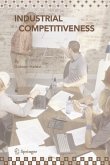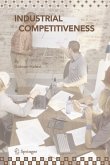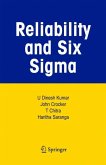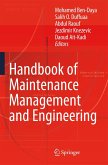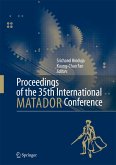Manufacturing systems work with scarce resources in dynamic environments. Managers need to assign production facilities to parallel activities, respecting operational constraints and deadlines while keeping costs low. Old scheduling approaches are inadequate when a task both requires a set of different resources and a trade-off between objectives. More sophisticated models and algorithms are needed by these managers.
This book provides robust methods for achieving effective resource allocation. It also solves problems such as resource levelling, sizing of machines and production layouts, cost optimization in production planning and scheduling that occur daily and often generate cost overruns. The quantitative methods used cover both mathematical programming and algorithms, leading to high quality solutions. Details of experimentation put these techniques in a practical perspective.
This book is a valuable resource for postgraduate students and researchers in business, engineering or computer science.
This book provides robust methods for achieving effective resource allocation. It also solves problems such as resource levelling, sizing of machines and production layouts, cost optimization in production planning and scheduling that occur daily and often generate cost overruns. The quantitative methods used cover both mathematical programming and algorithms, leading to high quality solutions. Details of experimentation put these techniques in a practical perspective.
This book is a valuable resource for postgraduate students and researchers in business, engineering or computer science.
Owing to its large operational impact, resource management is increasingly becoming an important function in manufacturing systems. Contributions on how to organize or manage this function are always appreciated. This book aims to provide robust methods for achieving effective resource allocation in dynamic environments, specially focussing on problems such as resource levelling, sizing of machines and production layouts, cost optimization in production planning and scheduling. Details of extensive experimentation are provided for the proposed techniques to put them in a practical perspective. This is particularly useful as it helps the reader to reproduce these techniques and implement them in real scenarios.
The book is well written and documented. It is a good reference for postgraduate students and practitioners who are working in the field of resource management and scheduling in manufacturing systems.
The book is well written and documented. It is a good reference for postgraduate students and practitioners who are working in the field of resource management and scheduling in manufacturing systems.
International Journal of Advanced Manufacturing Technology
Reviewer, A A Afify, MEC, Cardiff University
The book is well written and documented. It is a good reference for postgraduate students and practitioners who are working in the field of resource management and scheduling in manufacturing systems.
The book is well written and documented. It is a good reference for postgraduate students and practitioners who are working in the field of resource management and scheduling in manufacturing systems.
International Journal of Advanced Manufacturing Technology
Reviewer, A A Afify, MEC, Cardiff University





